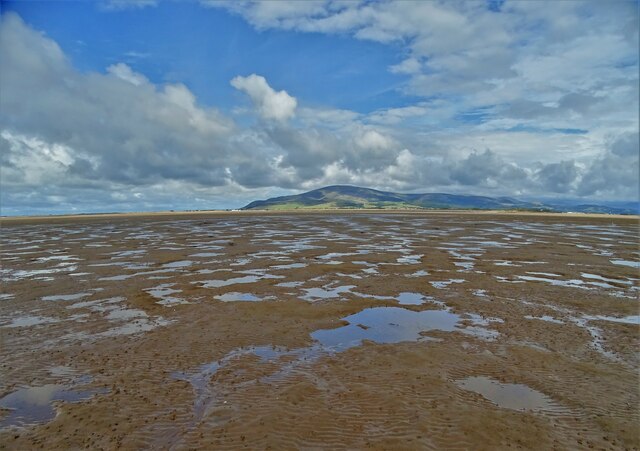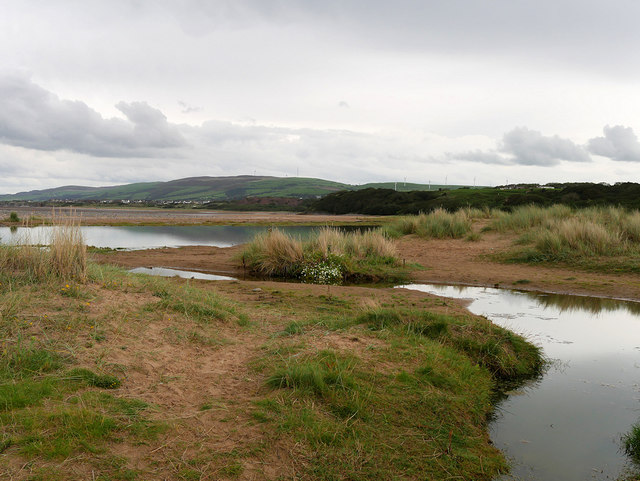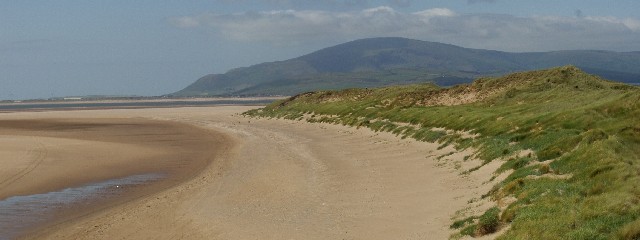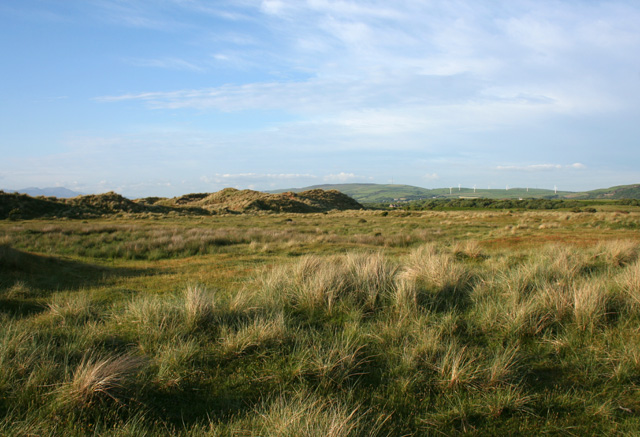Roanhead Rabbit Warren
Downs, Moorland in Lancashire Barrow-in-Furness
England
Roanhead Rabbit Warren

Roanhead Rabbit Warren, located in Lancashire, is a vast expanse of land encompassing downs and moorland. It is renowned for its large population of rabbits and is considered one of the most significant warrens in the region.
The warren is situated in a picturesque setting, surrounded by rolling hills and heather-covered moorland. The landscape offers a diverse range of habitats, providing a suitable environment for the thriving rabbit population. The warren is characterized by a network of burrows and tunnels which extend deep into the ground, providing shelter and protection for the rabbits.
The rabbits in Roanhead Rabbit Warren are predominantly European rabbits, known for their distinctive appearance with soft fur, long ears, and a fluffy tail. They are highly adaptable and have successfully adapted to the various conditions present in the warren.
The warren is a popular destination for wildlife enthusiasts and photographers, who visit to observe and capture the rabbits in their natural habitat. The sight of numerous rabbits hopping around the warren is a delightful experience for visitors.
Roanhead Rabbit Warren is also significant in terms of its ecological importance. The rabbits play a crucial role in the ecosystem, as they help maintain the balance of vegetation through grazing. Additionally, their burrows provide homes for other small animals such as voles and mice.
Overall, Roanhead Rabbit Warren in Lancashire is a fascinating location, offering visitors a glimpse into the lives of rabbits in a diverse and captivating landscape.
If you have any feedback on the listing, please let us know in the comments section below.
Roanhead Rabbit Warren Images
Images are sourced within 2km of 54.173061/-3.2208712 or Grid Reference SD2075. Thanks to Geograph Open Source API. All images are credited.









Roanhead Rabbit Warren is located at Grid Ref: SD2075 (Lat: 54.173061, Lng: -3.2208712)
Administrative County: Cumbria
District: Barrow-in-Furness
Police Authority: Cumbria
What 3 Words
///lush.webcams.reach. Near Askam in Furness, Cumbria
Nearby Locations
Related Wikis
Roanhead
Roanhead (sometimes spelled Ronhead) refers to the limestone outcrop of Roanhead Crag in Cumbria and the farmland behind it, but in recent years the term...
Askam railway station
Askam is a railway station on the Cumbrian Coast Line, which runs between Carlisle and Barrow-in-Furness. The station, situated 6 miles (10 km) north of...
Askam and Ireleth
Askam and Ireleth is a civil parish close to Barrow-in-Furness in Westmorland and Furness, Cumbria, England. Historically part of Lancashire, it originally...
Dalton North
Dalton North is a ward of the British town Dalton-in-Furness, within the Borough of Barrow-in-Furness. With 6,599 people residing in Dalton North in 2001...
Sandscale Haws
Sandscale Haws is a national nature reserve on the Duddon Estuary, Cumbria, England. It is managed by the National Trust. Resident species include the...
Dowdales School
Dowdales School which was founded 1928, is a community, comprehensive school in Dalton-in-Furness, Cumbria for anyone, in the age range 11–16. There are...
Dalton Castle, Cumbria
Dalton Castle is a grade I listed 14th-century peel tower situated in Dalton-in-Furness, Cumbria, England, and in the ownership of the National Trust....
St Mary's Church, Dalton-in-Furness
St Mary's Church is in the town of Dalton-in-Furness, Cumbria, England. It is an active Anglican parish church in the deanery of Furness, the archdeaconry...
Nearby Amenities
Located within 500m of 54.173061,-3.2208712Have you been to Roanhead Rabbit Warren?
Leave your review of Roanhead Rabbit Warren below (or comments, questions and feedback).


![Duddon Sands The Duddon Estuary seen from over Furness. The Hodbarrow Lagoon is contained by a wall between Haverigg and Hodbarrow Point on the right [northern] side of the estuary. On the left is the tip of Walney Island and Sandscale Haws.](https://s1.geograph.org.uk/geophotos/04/93/71/4937197_bbac1e58.jpg)











